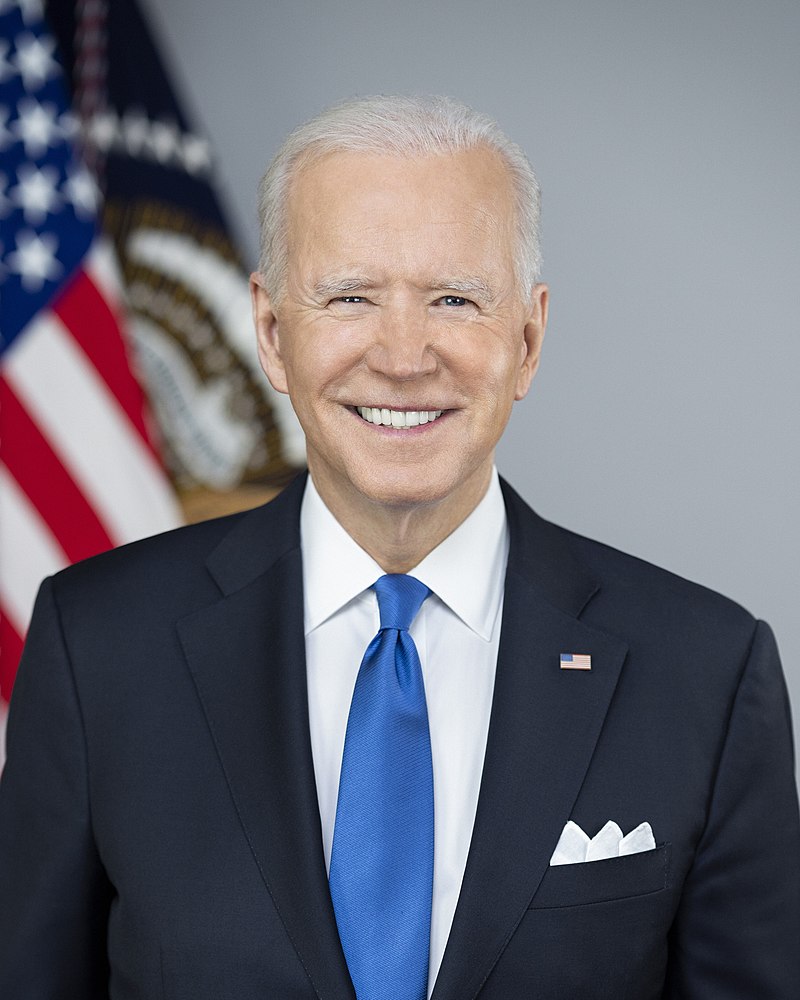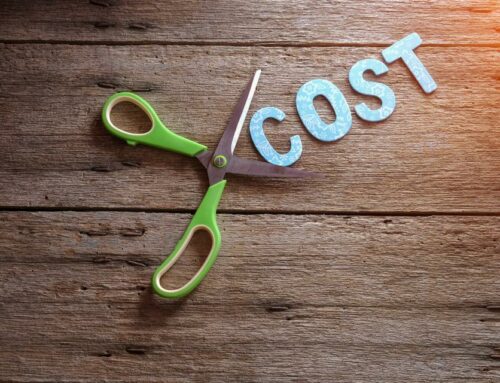The Biden Administration just published an executive order on America’s supply chains. What motivated this order, and what can we expect?
What The Report Says
The report highlights threats to American supply chains. Orders in Section 3 direct various government agencies to identify risks.
For instance:
- “The Secretary of Commerce, in consultation with the heads of appropriate agencies, shall submit a report identifying risks in the semiconductor manufacturing and advanced packaging supply chains and policy recommendations to address these risks.”
- “The Secretary of Energy, in consultation with the heads of appropriate agencies, shall submit a report identifying risks in the supply chain for high-capacity batteries, including electric-vehicle batteries, and policy recommendations to address these risks.”
- “The Secretary of Defense (as the National Defense Stockpile Manager), in consultation with the heads of appropriate agencies, shall submit a report identifying risks in the supply chain for critical minerals and other identified strategic materials, including rare earth elements (as determined by the Secretary of Defense), and policy recommendations to address these risks.”
- “The Secretary of Health and Human Services, in consultation with the heads of appropriate agencies, shall submit a report identifying risks in the supply chain for pharmaceuticals and active pharmaceutical ingredients and policy recommendations to address these risks.”
Notice the pattern? These risks are clear, and an inherent challenge in an interconnected world.
Key Questions
One key question is whether the Executive Order’s output will be a blueprint for change, as opposed to a series of reports. Will this analysis lead to an Al Gore, “Reinventing Government”-style set of actions?
Another key question is whether the Biden Administration will seek to nearshore these supply chains, by shifting from overseas sources back to the US. This is easier said than done. For instance, you can’t source meaningful quantities of rare earth elements in the US.
And a third question is whether the Biden Administration will invest in supply chain technologies that can help the US government to monitor, analyze, and solve these challenges.
Let’s hope this Executive Order signals that the Administration will take a practical, commercial approach to strengthening America’s supply chains, and draw on our unique technology advantages to accomplish this goal.










